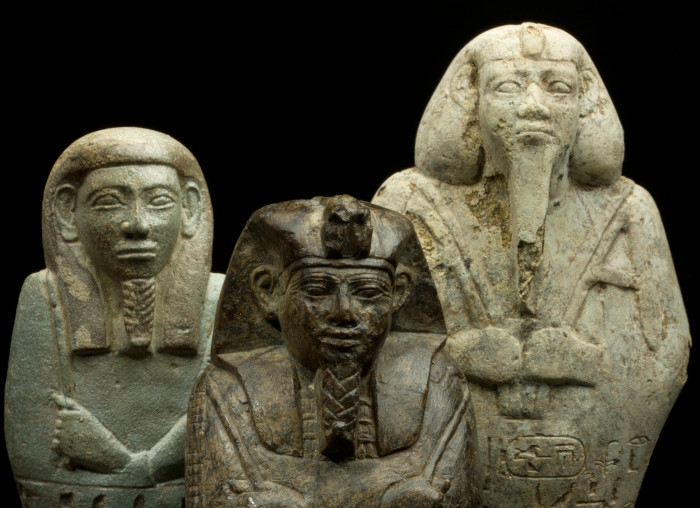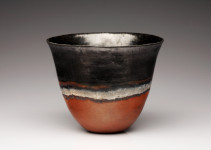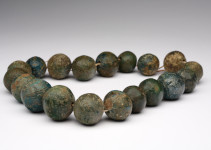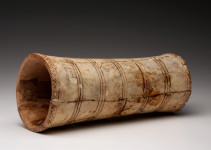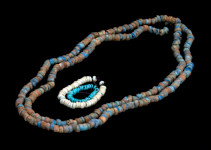Exhibitions
Departments
The Kings of Kush
In the mid-third millennium BC, south of the the Third Cataract, a confedeation of tribal unions had formed, known from the Egyptian records as Kush. The capital of this kingdom was Krema, a town that boasted a complex internal building layout and a developed defensive system. The region can perhaps be identified with the land of Jam mentioned by the governor of Elephantine Island, Harkhuf.
The borders of the Kingdom of Kush changed over time. They reached its maximum extent in the Classic Phase (1750-1550 BC), when Egypt was going through the Second Intermediate Period, and stretched over the territory of 1,200 km between the First and the Fifth cataracts of the Nile.
The first capital
The main administrative-religious centre of the country, Kerma, was a great city in the full sense of the word. The remains of the palace buildings decorated in Egyptian style indicate that the residences of the ruling dynasty were also located there. Inherent in today’s landscape of excavation area are two huge cultic buildings – deffufas (Nubian term for massive brick constructions with small corridors inside). Unfortunately, full reconstruction of this oldest Sudanese city is extremely difficult, as in 1500 BC it had been conquered and completely destroyed by Egyptian armies.
In the vicinity of Kerma archaeologists discovered extensive cemeteries reinforced by mounds of stones. The largest of them belonged to rulers who were buried together with dozens of their ritually killed slaves. The dead were covered with leathers, and sometimes animals or their skulls were deposited near the graves. The Kerman grave pottery of the time had reached the peak of artistic development.
Nasza strona internetowa używa plików cookies (tzw. ciasteczka) w celach statystycznych, reklamowych oraz funkcjonalnych. Dzięki nim możemy indywidualnie dostosować stronę do twoich potrzeb. Każdy może zaakceptować pliki cookies albo ma możliwość wyłączenia ich w przeglądarce, dzięki czemu nie będą zbierane żadne informacje. Dowiedz się więcej jak je wyłączyć. OK, Rozumiem


